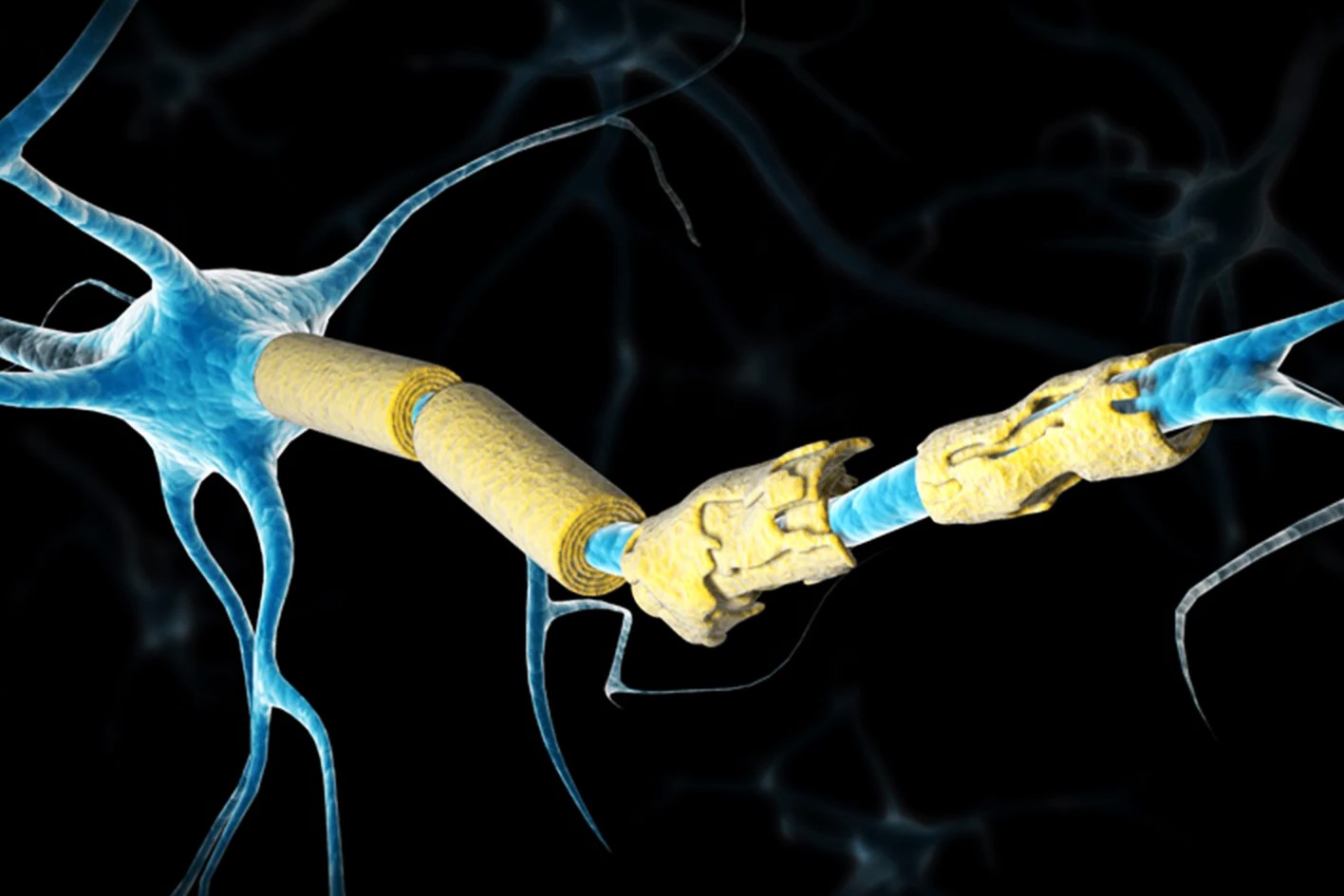
Can moons have their own moons? This intriguing question has sparked curiosity among scientists and space enthusiasts alike. The concept of a "moonmoon" or "submoon" suggests that a moon could indeed have a smaller moon orbiting it. While no such moonmoons have been observed in our solar system, the idea remains theoretically possible. For a moonmoon to exist, specific conditions must be met, including the size of the host moon and the distance from the planet it orbits. Imagine tiny moons circling larger moons, adding another layer of complexity to our understanding of planetary systems. Let's explore 35 fascinating facts about these hypothetical celestial bodies.
Key Takeaways:
- Moonmoons are small moons that orbit larger moons, and while none have been observed in our solar system, they could exist around moons like Titan and Callisto. They offer insights into planetary system evolution and have sparked excitement in the scientific community and popular culture.
- The study of moonmoons provides a fascinating window into the diversity of planetary systems and the potential for unique environments for life. Their existence has significant astrobiological implications and offers rich opportunities for further research and public engagement.
What is a Moonmoon?
The concept of a moonmoon is both intriguing and complex. Essentially, a moonmoon is a moon that orbits another moon. While this phenomenon hasn't been observed in our solar system, it's theoretically possible. Let's dive into some fascinating facts about moonmoons.
-
Definition and Terminology
The term "moonmoon" is often used interchangeably with "submoon," "moonlet," and "moonito." These names reflect the internet's creative approach to naming an unnamed phenomenon, reminiscent of the "Boaty McBoatface" incident involving an Arctic research drone. -
Historical Background
The concept of moonmoons gained traction when an astronomer's son asked her if moons could have their own moons. This question, posed in 2014, prompted Juna Kollmeier, an astronomer at the Carnegie Institution Observatories, to dedicate her research to answering it. -
Scientific Study
Kollmeier and her colleague Sean Raymond, an astronomer at the University of Bordeaux, published a paper titled "Can Moons Have Moons?" on arXiv.org. This study explored the possibility of moonmoons and the conditions necessary for their existence.
Conditions for Moonmoon Existence
For moonmoons to exist, certain conditions must be met. These conditions involve the size of the moons and their orbital dynamics.
-
Size Requirements
For a moonmoon to survive, it must be very small, with a diameter no larger than six miles (10 km). The host moon, on the other hand, needs to be large, with a diameter greater than 620 miles (1,000 km). -
Orbital Conditions
The moonmoon system requires a significant separation between the moonmoon, the host moon, and the planet they both orbit. If the moon is too small or too close to its host planet, it might lose its moonmoon to tidal dissipation, causing it to be shredded to pieces.
Potential Candidates in Our Solar System
While no moonmoons have been observed in our solar system, some moons could theoretically host them.
- Potential Candidates
Several moons in our solar system could hypothetically host mini-moons. These include Saturn's moons Titan and Iapetus, Jupiter's moon Callisto, and Earth's moon.
Implications for Planetary Systems
The existence or absence of moonmoons can yield important constraints on satellite formation and evolution in planetary systems.
-
Implications for Planetary Systems
Studying moonmoons can provide insights into how moons form and evolve over time, offering a unique perspective on the early history of our solar system. -
Current Status
No known moonmoons exist in our solar system. However, the absence of moonmoons does not necessarily mean they do not exist elsewhere.
Scientific Community and Popular Culture
The idea of moonmoons has sparked interest both in the scientific community and popular culture.
-
Scientific Community Reaction
The scientific community has been abuzz with excitement over the possibility of moonmoons. The paper has sparked numerous discussions on Twitter, with many suggesting names for the moon of a moon, including "moonmoon" itself. -
Popular Culture Impact
The term "moonmoon" has also entered popular culture, with a meme featuring a derpy-looking wolf called Moonmoon. This meme has become a cultural reference point, highlighting the internet's ability to connect scientific terms with everyday humor.
Future Research Directions
Researchers hope to further study the existence and behavior of moonmoons, which could lead to a deeper understanding of satellite dynamics and the evolution of planetary systems.
-
Future Research Directions
Kollmeier and her team hope to further study the existence and behavior of moonmoons. This research could lead to a deeper understanding of satellite dynamics and the evolution of planetary systems. -
Moonmoon vs. Submoon
While "moonmoon" is the most popular term, other names like "submoon," "moonlet," and "moonito" are also used. These names reflect the diversity of terminology in the scientific community.
Orbital Dynamics and Formation Theories
The orbital dynamics and formation theories of moonmoons are complex and fascinating.
-
Orbital Dynamics
The orbital dynamics of a moonmoon system are complex. The host moon's gravitational influence must be balanced by the tidal forces from the host planet. -
Formation Theories
The formation of moonmoons is still a topic of debate. Some theories suggest that moonmoons could form through the capture of small bodies by larger moons.
Detection Challenges and Astrobiological Implications
Detecting moonmoons is challenging, but their existence could have significant astrobiological implications.
-
Detection Challenges
Detecting moonmoons is challenging due to their small size and the vast distances involved. Advanced astronomical techniques and observations are required to detect these tiny moons. -
Astrobiological Implications
The presence of moonmoons could have significant astrobiological implications. These small moons might provide unique environments for life to exist.
Planetary System Diversity and Tidal Effects
The existence of moonmoons highlights the diversity of planetary systems and the importance of tidal effects.
-
Planetary System Diversity
The existence of moonmoons highlights the diversity of planetary systems. While our solar system does not have moonmoons, other systems might have their own unique configurations. -
Tidal Effects
Tidal effects play a crucial role in the stability of moonmoon systems. The gravitational influence of the host planet on both the host moon and the moonmoon must be carefully balanced.
Moonmoon Stability and Potential for Further Study
The stability of moonmoon systems depends on several factors, and their study offers rich opportunities for further research.
-
Moonmoon Stability
The stability of a moonmoon system depends on several factors, including the size and mass of the host moon, the size and mass of the moonmoon, and the orbital distance between them. -
Potential for Further Study
The study of moonmoons offers a rich area for further research. By exploring the conditions necessary for their existence and the implications of their presence, scientists can gain a deeper understanding of planetary system dynamics.
Educational Value and Public Engagement
The concept of moonmoons provides an engaging educational tool and has captured the public's imagination.
-
Educational Value
The concept of moonmoons provides an engaging educational tool for teaching astronomy and planetary science. It introduces students to complex astronomical concepts in an accessible and intriguing manner. -
Public Engagement
The term "moonmoon" has captured the public's imagination, making it an excellent tool for public engagement in astronomy.
Cultural Significance and Future Exploration
Moonmoons have cultural significance and could be a focus of future space exploration.
-
Cultural Significance
The meme featuring a derpy-looking wolf called Moonmoon has become a cultural reference point. This meme reflects the internet's ability to connect scientific terms with everyday humor. -
Future Exploration
Future space missions could potentially detect moonmoons around other planets. Advanced telescopes and observational techniques will be necessary to identify these small, distant moons.
Theoretical Models and Orbital Resonance
Theoretical models and orbital resonance play crucial roles in understanding moonmoon systems.
-
Theoretical Models
Theoretical models predict that moonmoons could exist in various configurations. These models suggest that moonmoons might be more common in certain types of planetary systems. -
Orbital Resonance
Orbital resonance could play a crucial role in the stability of moonmoon systems. The gravitational interactions between the host moon, the moonmoon, and the host planet might lead to orbital resonance.
Gravitational Influence and Dynamical Stability
Gravitational influence and dynamical stability are essential for the existence of moonmoons.
-
Gravitational Influence
The gravitational influence of the host planet on both the host moon and the moonmoon is essential for their stability. This influence must be carefully balanced to prevent tidal dissipation. -
Dynamical Stability
Dynamical stability is critical for the existence of moonmoons. The system must be in a stable dynamical phase space, where the gravitational interactions do not lead to chaotic behavior.
Formation Mechanisms and Detection Methods
Several formation mechanisms and detection methods have been proposed for moonmoons.
-
Formation Mechanisms
Several formation mechanisms have been proposed for moonmoons. These include capture, collision, and accretion, each offering a unique pathway for the creation of these small, orbiting moons. -
Detection Methods
Detecting moonmoons requires advanced astronomical techniques. Methods such as transit photometry, radial velocity measurements, and direct imaging might be employed to identify these small, distant moons.
Astrodynamic Implications and Planetary System Evolution
The existence of moonmoons has significant astrodynamic implications and provides insights into planetary system evolution.
-
Astrodynamic Implications
The existence of moonmoons has significant astrodynamic implications. It highlights the complexity and diversity of satellite systems, offering insights into the dynamics of multiple-body systems. -
Planetary System Evolution
The study of moonmoons provides a window into the evolution of planetary systems. By understanding how these small moons form and evolve, scientists can gain insights into the early history of our solar system.
Scientific Community Engagement and Educational Resources
The scientific community has been actively engaged in discussions about moonmoons, and educational resources are essential for teaching about them.
-
Scientific Community Engagement
The scientific community has been actively engaged in discussions about moonmoons. The publication of Kollmeier and Raymond's paper has sparked a lively debate. -
Educational Resources
Educational resources are essential for teaching about moonmoons. Interactive simulations, educational videos, and textbooks can help students understand complex astronomical concepts.
Future Research Opportunities
The study of moonmoons offers numerous future research opportunities.
- Future Research Opportunities
By exploring the conditions necessary for their existence and the implications of their presence, scientists can continue to advance our understanding of planetary system dynamics and satellite formation.
The Fascinating World of Moonmoons
Moonmoons, or submoons, are a captivating concept in astronomy. Though none have been found in our solar system, their theoretical existence sparks curiosity. These tiny moons orbit larger moons under specific conditions, requiring a delicate balance of size, mass, and distance. Potential candidates like Titan, Iapetus, Callisto, and even Earth's moon meet these criteria, but no moonmoons have been detected yet.
The study of moonmoons offers insights into satellite formation and planetary system dynamics. It also provides an engaging way to teach complex astronomical concepts. The term "moonmoon" has even made its way into popular culture, thanks to memes and social media.
Future research and advanced observational techniques may one day reveal these elusive celestial bodies, deepening our understanding of the universe. Until then, moonmoons remain a fascinating topic for both scientists and space enthusiasts alike.
Frequently Asked Questions
Was this page helpful?
Our commitment to delivering trustworthy and engaging content is at the heart of what we do. Each fact on our site is contributed by real users like you, bringing a wealth of diverse insights and information. To ensure the highest standards of accuracy and reliability, our dedicated editors meticulously review each submission. This process guarantees that the facts we share are not only fascinating but also credible. Trust in our commitment to quality and authenticity as you explore and learn with us.


